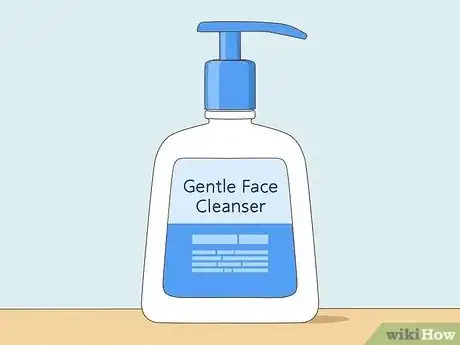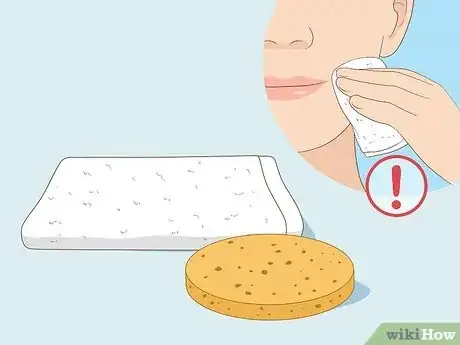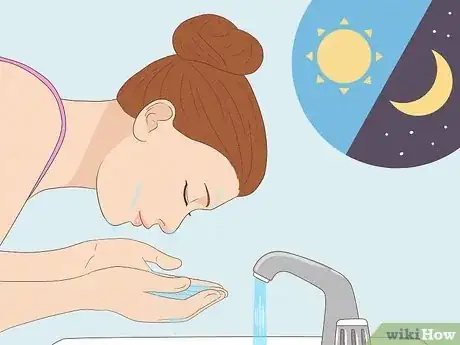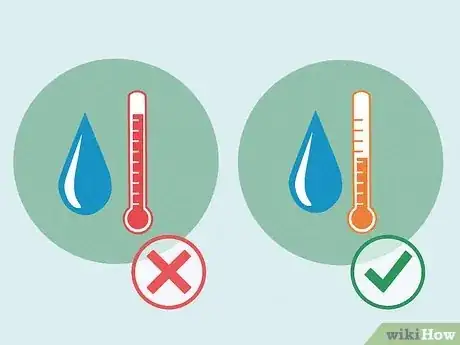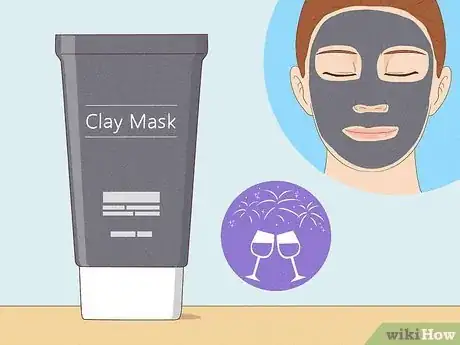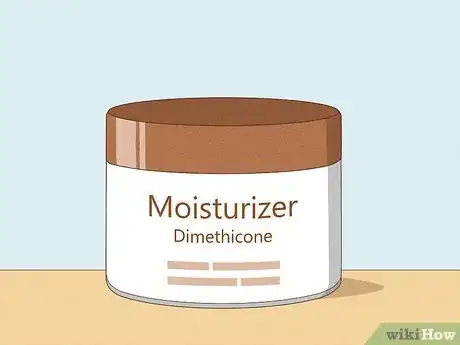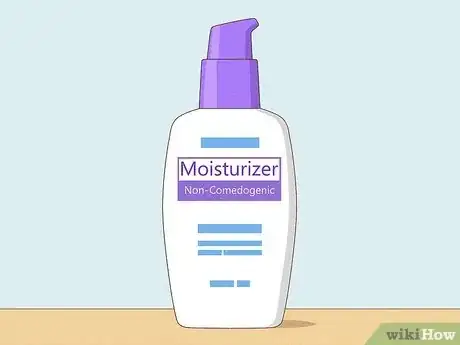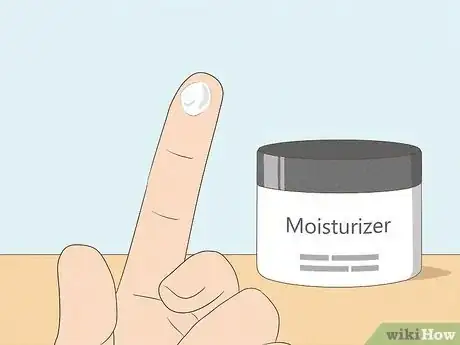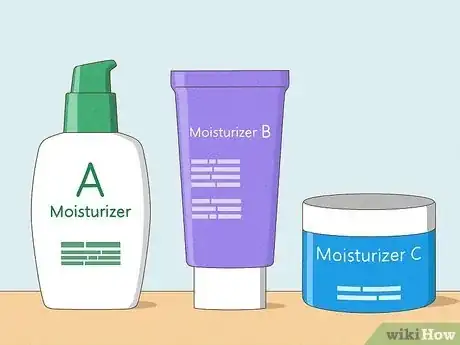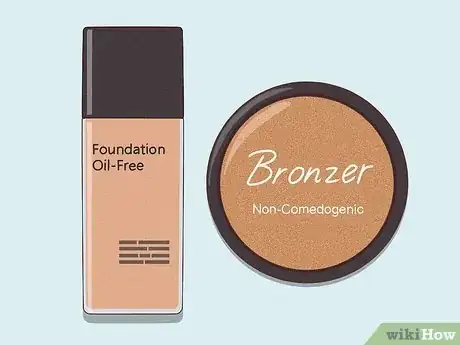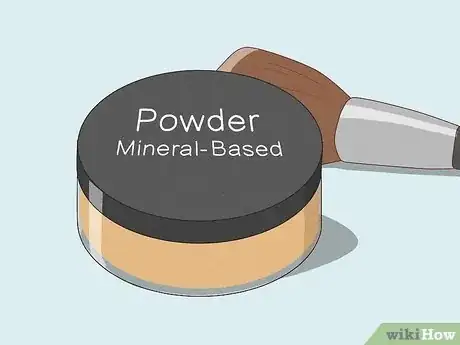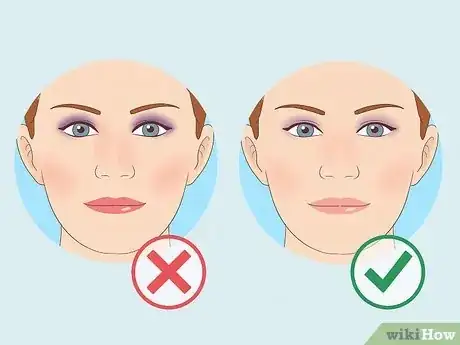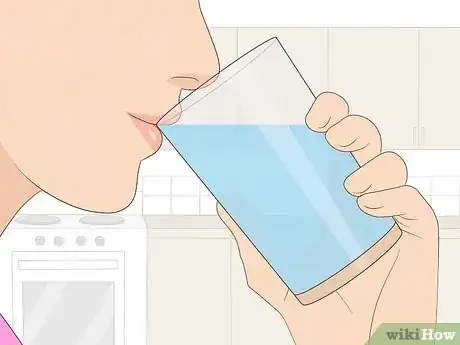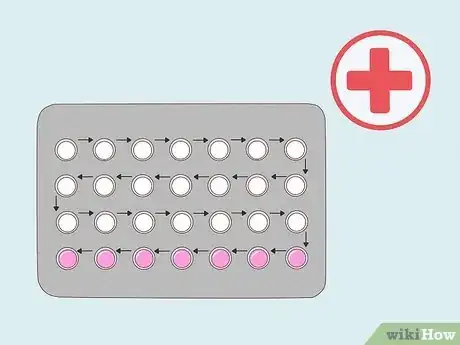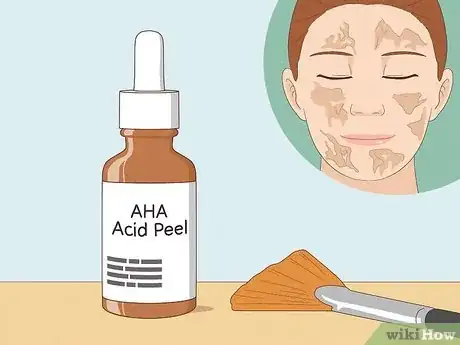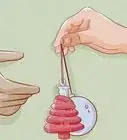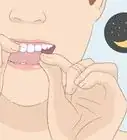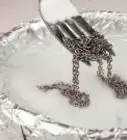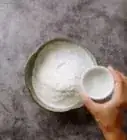This article was co-authored by Joanna Kula. Joanna Kula is a Licensed Esthetician, Owner and Founder of Skin Devotee Facial Studio in Philadelphia. With over 10 years of experience in skincare, Joanna specializes in transformative facial treatments to help clients achieve a lifetime of healthy, beautiful, and radiant skin. She is also a contributing author for the prestigious Les Nouvelles Esthetiques & Spa magazine and has been featured in a number of magazines including InStyle.
There are 12 references cited in this article, which can be found at the bottom of the page.
wikiHow marks an article as reader-approved once it receives enough positive feedback. This article has 11 testimonials from our readers, earning it our reader-approved status.
This article has been viewed 1,384,128 times.
Dealing with oily skin and acne can be really frustrating, especially if you don’t know what’s causing it. There’s no need to worry, though—we’ve got your back. From cleansers and makeup to lifestyle changes and prescription medications, there are plenty of different ways to address your oily skin once and for all. Here are 24 effective tips to help you get started.
Steps
Use a gentle cleanser.
-
Wash your face using a gentle cleanser to avoid irritating your skin. Using harsh cleansers on your face can actually cause your face to produce more oil to compensate for all of the natural oils that were removed.[1] X Expert Source

Skincare Specialist Expert Interview. 9 July 2019.- If using a gentle cleanser is not effective for you, try a cleanser that contains benzoyl peroxide, salicylic acid, glycolic acid, or beta-hydroxy acid.[2]
X
Expert Source

Skincare Specialist Expert Interview. 9 July 2019.
- If using a gentle cleanser is not effective for you, try a cleanser that contains benzoyl peroxide, salicylic acid, glycolic acid, or beta-hydroxy acid.[2]
X
Expert Source
Cleanse your face gently and carefully.
-
Try not to wash your face with a washcloth or textured sponge. This can irritate your skin; plus, scrubbing causes your face to produce more oil to compensate for all of the natural oils that were removed. If you do use a washcloth to wash your face, apply gentle pressure. [3] X Research source
Wash your face in the morning and at night.
-
Twice daily washing is essential to keeping oil under control. Wash your face after you wake up and before you go to bed. [4] X Research source
Cleanse your face with warm water.
-
Hot water can irritate your skin and strip it of its natural oils. This actually causes your skin to produce more oil to compensate. [5] X Research source
Apply toner to the oily parts of your skin.
-
Using toner on your whole face may create dry, flaky, and red patches of skin. Target oily areas of your skin and leave the normal or dry parts alone. [6] X Research source
Use astringent pads on the go.
-
Astringent pads can be useful to remove excess oil when you can’t wash your face. Keep some in your purse or at your office if you tend to get oily skin later in the day. [7] X Research source
Save clay masks for special occasions.
-
Clay masks dry out your skin and remove most of the oils on your face. Instead, use clay mask treatments only for special events when you need your skin to be oil-free for a long time. [8] X Research source
Watch out for moisturizers with oily ingredients.
-
Petroleum and shea butter are common offenders. These types of ingredients will add excess oil to your skin and make oily skin worse. Read the ingredients listed on the moisturizer packaging before you buy. [9] X Research source
Choose a moisturizer that contains dimethicone.
-
Moisturizers that contain dimethicone will help create a matte effect. On the other hand, petroleum-containing moisturizers may make your skin oilier. Look for moisturizers labeled oil-free and that contain dimethicone rather than petroleum.[10] X Research source
Look for non-comedogenic or non-acnegenic moisturizers.
-
Moisturizers with these labels contain ingredients that are less likely to cause pimples. No matter what moisturizer you choose, make sure that the packaging says that it is non-comedogenic or non-acnegenic.[11] X Research source
Use moisturizer sparingly.
-
A little moisturizer can go a long way. Just apply a thin layer of moisturizer at first and then decide if you need more. Only dispense a chickpea size amount onto your fingertips and only add more if your face still seems dry after applying it. [12] X Research source
Experiment with different moisturizers.
-
A little trial and error may help you find which moisturizer works best for you. Remember—just because a particular moisturizer works well for someone else with oily skin does not mean that it will work the same for you. [13] X Research source
- If a friend recommends a product or you read rave reviews about a moisturizer, try to get a sample before you buy it. Makeup counters in department stores often provide samples of their products if you ask nicely.
Use a matte primer.
-
Matte primers help absorb excess oil throughout the day. Apply some after you have cleansed and moisturized your skin but before you apply foundation.[14] X Research source
Choose oil-free and non-comedogenic makeup products.
-
These products will not contribute to oily skin and they will not clog your pores. The next time you go makeup shopping, look for foundation, powder, blush, and bronzer that are labeled oil-free and non-comedogenic. [15] X Research source
Use a mineral-based powder.
-
Mineral-based powders will help prevent a caked-on look. Apply a light layer of mineral-based powder to your face using a large powder brush. If you can, keep powder on hand at all times for touch-ups throughout the day. [16] X Research source
Apply all makeup sparingly.
-
Lighter layers of makeup will help your skin breathe. Plus, thin layers help prevent excess oil production throughout the day. Use just a small amount of each product that you use to reduce the amount of makeup on your face.[17] X Research source
Stock up on foods that aren’t oil-producing.
-
Foods that are high in fat, sugar, and salt contribute to oily skin. Dairy and enriched flour products also contribute to oily skin. Avoid these foods or at least limit your consumption of them to help stop an oily face. [18] X Research source
Eat oil-controlling foods.
-
Oil-controlling foods help stop oily skin. This includes foods that are high in fiber, such as legumes, fruits, vegetables, and whole grains.[19] X Research source Leafy greens and citrus fruits are especially effective against oily skin. Prepare vegetables without adding excess oil by steaming or boiling them.[20] X Research source
Drink plenty of water.
-
Water helps keep your skin hydrated and it also flushes toxins from your body. Getting enough water each day is essential to keeping oily skin under control. [21] X Research source
Control your daily stress levels.
-
Stress causes your body to produce cortisol, which leads to more oil production. To control stress and the excess oils that it causes, incorporate some relaxation techniques into your daily routine such as meditation, yoga, or deep breathing. [22] X Research source
Ask a dermatologist about topical retinoid treatments.
Discuss hormonal treatments with your dermatologist.
Talk to a dermatologist about chemical peels.
Inquire about Accutane/Roaccutane treatments.
-
Accutane is a highly effective oily skin control and acne clearing prescription medication. It’s derived from vitamin A. Patients usually take Accutane daily for 15-20 weeks.[23] X Research source Women who are pregnant or may become pregnant cannot use Accutane because it may cause birth defects. [24] X Research source
Community Q&A
-
QuestionWhile cleansing my face, is it possible to use cold water?
 Community AnswerOf course. Warm water is suggested because it opens up the pores, making moisturizing more effective, but there's nothing wrong with using cold water, it can be very refreshing.
Community AnswerOf course. Warm water is suggested because it opens up the pores, making moisturizing more effective, but there's nothing wrong with using cold water, it can be very refreshing. -
QuestionMy face is very oily and I have red acne. What do I do?
 Community AnswerThere are moisturizers that have a matte finish that can prevent you from becoming oily. Invest in a skincare product that is meant for oily skin, and use oil sheets during the day.
Community AnswerThere are moisturizers that have a matte finish that can prevent you from becoming oily. Invest in a skincare product that is meant for oily skin, and use oil sheets during the day. -
QuestionMy skin is oily, and I have a lot of pimples. How should I care for my facial skin?
 Community AnswerWash your face twice a day: once int the morning and once at night. This will reduce bacteria which feed on the oil produced by skin at night and cause acne and clogged pores. Use a toner and noncomedogenic or nonacnegenic moisturizer after washing. You can also apply a clay mask.
Community AnswerWash your face twice a day: once int the morning and once at night. This will reduce bacteria which feed on the oil produced by skin at night and cause acne and clogged pores. Use a toner and noncomedogenic or nonacnegenic moisturizer after washing. You can also apply a clay mask.
You Might Also Like




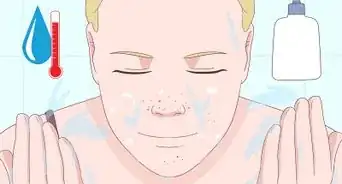







References
- ↑ Joanna Kula. Skincare Specialist. Expert Interview. 9 July 2019.
- ↑ Joanna Kula. Skincare Specialist. Expert Interview. 9 July 2019.
- ↑ http://www.webmd.com/skin-problems-and-treatments/acne/features/oily-skin
- ↑ http://www.webmd.com/skin-problems-and-treatments/acne/features/oily-skin
- ↑ http://www.webmd.com/skin-problems-and-treatments/acne/features/oily-skin
- ↑ http://www.webmd.com/skin-problems-and-treatments/acne/features/oily-skin
- ↑ http://www.webmd.com/skin-problems-and-treatments/acne/features/oily-skin
- ↑ http://www.webmd.com/skin-problems-and-treatments/acne/features/oily-skin
- ↑ http://www.beautylish.com/a/vcjir/oily-skin-myths-solved
- ↑ http://www.teenvogue.com/beauty/skin-care/2013-01/how-to-moisturize-oily-skin-types
- ↑ http://www.teenvogue.com/beauty/skin-care/2013-01/how-to-moisturize-oily-skin-types
- ↑ http://www.teenvogue.com/beauty/skin-care/2013-01/how-to-moisturize-oily-skin-types
- ↑ http://www.beautylish.com/a/vcjir/oily-skin-myths-solved
- ↑ http://beautyhigh.com/oily-skin-tips/
- ↑ http://www.webmd.com/beauty/makeup/oily-skin-how-to-make-makeup-last?page=2
- ↑ http://beautyhigh.com/oily-skin-tips/
- ↑ http://www.webmd.com/beauty/makeup/oily-skin-how-to-make-makeup-last?page=2
- ↑ http://www.mensxp.com/grooming/skin-care/9212-foods-for-oily-skin-what-to-eat-and-avoid.html
- ↑ http://www.mensxp.com/grooming/skin-care/9212-foods-for-oily-skin-what-to-eat-and-avoid.html
- ↑ http://www.dailymail.co.uk/health/article-29960/Eat-way-healthy-skin.html
- ↑ http://www.mensxp.com/grooming/skin-care/9212-foods-for-oily-skin-what-to-eat-and-avoid.html
- ↑ http://www.sciencedaily.com/releases/2007/11/071109194053.htm
- ↑ http://www.webmd.com/drugs/2/drug-6661/accutane-oral/details#uses
- ↑ http://www.webmd.com/drugs/2/drug-6661/accutane-oral/details#precautions
- ↑ Joanna Kula. Skincare Specialist. Expert Interview. 9 July 2019.
- ↑ http://www.webmd.com/skin-problems-and-treatments/acne/features/oily-skin
- ↑ http://beautyhigh.com/oily-skin-tips/
- Videos provided by Diana Saldana
About This Article

To stop an oily face, wash your face twice a day with a gentle cleanser, which will keep your face clean without causing excess oil. After you wash your face, apply an oil-free moisturizer that contains dimethicone, which will give your face a matte finish. Also, apply a clay mask before special occasions, which will help dry out your skin and remove most of the oils on your face. You can also eat more leafy greens and citrus fruits, which can help prevent oily skin. For more tips, like how you should do your makeup to avoid an oily face, keep reading!
